Two Boat Sail Testing
by Mark Reynolds A well organized two boat testing program is the best way to make advances in boat speed. As a sailmaker I am often doing two boat sail testing. You can also go out with two boats to test sails, tuning such as sail adjustments, body positions or spars. Trying to determine speed differences on the race course can sometimes be difficult. There are many variables. Testing and tuning in a more controlled environment separate from racing tactics, other boats and lay lines can be much more fruitful. Two boat testing is the way real progress gets made with sail design. Much more can be done in a shorter time period. Testing sails on the course is still important as well. When sail testing, because you can concentrate more on just steering, sometimes a flatter sail can prove to be a bit faster but on the race course you may have trouble accelerating off the line, out of tacks or just keeping in the "groove."
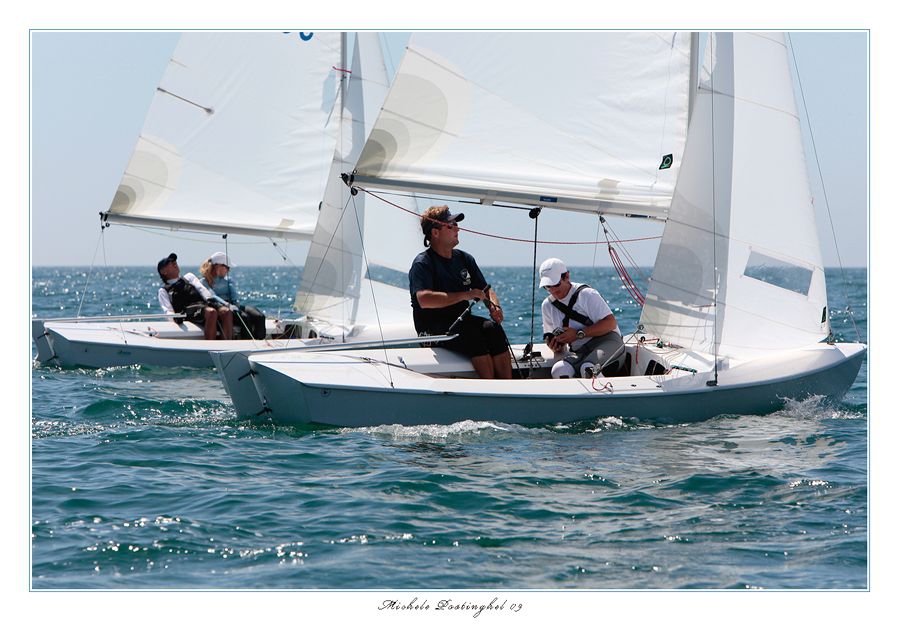

by Mark Reynolds
A well organized two boat testing program is the best way to make advances in boat speed. As a sailmaker I am often doing two boat sail testing. You can also go out with two boats to test sails, tuning such as sail adjustments, body positions or spars.
Trying to determine speed differences on the race course can sometimes be difficult. There are many variables. Testing and tuning in a more controlled environment separate from racing tactics, other boats and lay lines can be much more fruitful. Two boat testing is the way real progress gets made with sail design. Much more can be done in a shorter time period. Testing sails on the course is still important as well. When sail testing, because you can concentrate more on just steering, sometimes a flatter sail can prove to be a bit faster but on the race course you may have trouble accelerating off the line, out of tacks or just keeping in the “groove.”
(photo courtesy of Michele Postinghel)
It is best to get everything as equal as possible such as the manufacture of boats if possible and crew weight. When testing you always want to reduce as many variables as possible.
If possible also use a RIB with an observer. Camera gear is used to record and later observe sail shape, mast bend and boat trim. We use a waterproof digital camera on the boat to take photos from below and a camera on the observer boat to take them from behind. It’s very easy to observe side mast bend from photos taken from straight behind the boat and to a lesser extent the sail shape. For mast bend it’s best to print the photos, turn them on edge and sight up the mast. The photos are very important. They allow you to actually measure the shapes to learn the differences. With the photos taken from on board you can measure them on your computer with programs available from your sailmaker. No mater how good your “eye” is when you look at a measured photo there is no guess work. If you then re cut the sail you can see exactly how the shape changed. It also provides you with a record that you can look back at.
The location is also important when testing. Pick a location with steady wind. Long Beach is one of the best places for testing I’ve seen because the wind is very steady and the conditions very consistent from day to day. In the morning you have light air and fairly smooth water and in the afternoon moderate air with some chop and small waves. If possible get away from the shore to get winds as steady as possible. In the Snipe we often test on Mission Bay which is a small body of water so we sail right along the lee shore to get as little affect from the land as possible.
The boats should be separated by about two boat lengths. I learned from Bill Buchan that it’s best to have the leeward boat a little in front of the windward boat. In the Star the boats should be lined up so that the windward boat’s helmsman can sight straight across the stern of the leeward boat. This rule of thumb works in most boats. As soon a one boat moves more than one boat length ahead or the gap between boats is greater than three boat lengths then you should line up again. This is the biggest mistake most people make. It is very important to get lined up again because it gets more difficult for the guy behind and you both will just start wasting time. If you are testing sails it’s best to start out with the same sail on both boats and only after each boat gets tuned up and going the same speed the sail on one boat is changed. One boat stays constant all day and changes are made on the “test” boat. At the end of the day the original sails may want to go back on the test boat to confirm the test boat is still going the same speed as at the beginning of the day. It’s often tempting to make many changes at once because larger differences may show up but you may not know what was the reason for the speed change and you don’t make steady progress. Throughout the testing it’s important to keep notes on the results, observations and conditions and record settings. Much of this info should be also kept with the photos.
If you are testing sails I think the same boat should always stay to windward and the other to leeward. This will take out a variable. If you are testing tuning you may want to switch every once and a while to confirm your results because of wind shifts or pressure one side may always be better. It’s a good idea to start out with the standard tune and sails and then one boat starts making predetermined changes. If one boat needs or wishes to try an adjustment then he should tell the other boat. This is where using radios for communication can be of help. The difference between fast and average sails is usually so small that it takes a while to figure it out so give it some time! Also often a sail, especially a main, may test slow initially but after a bit of adjusting with the rig it may go much better. One other benefit of two boat sail testing is all that upwind sailing will help your hiking muscles and helming technique! Some of your downwind time will be spent changing sails but don’t forget to do some work on your downwind technique, today more gains are usually made downwind then upwind.
Leave a reply
Your email address will not be published. Your comment will be revised by the site if needed.

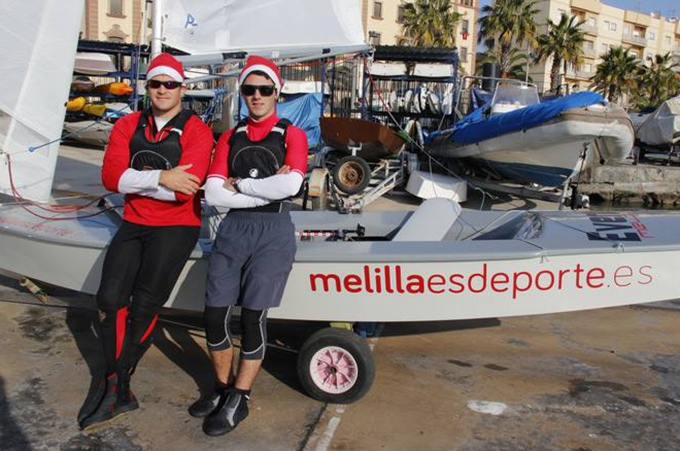
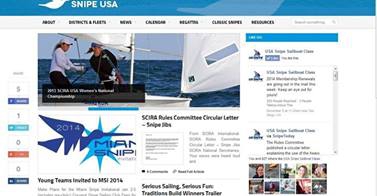

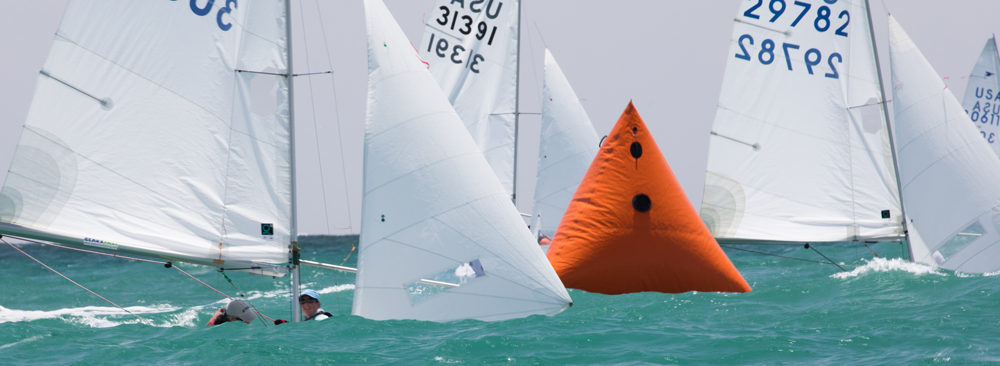
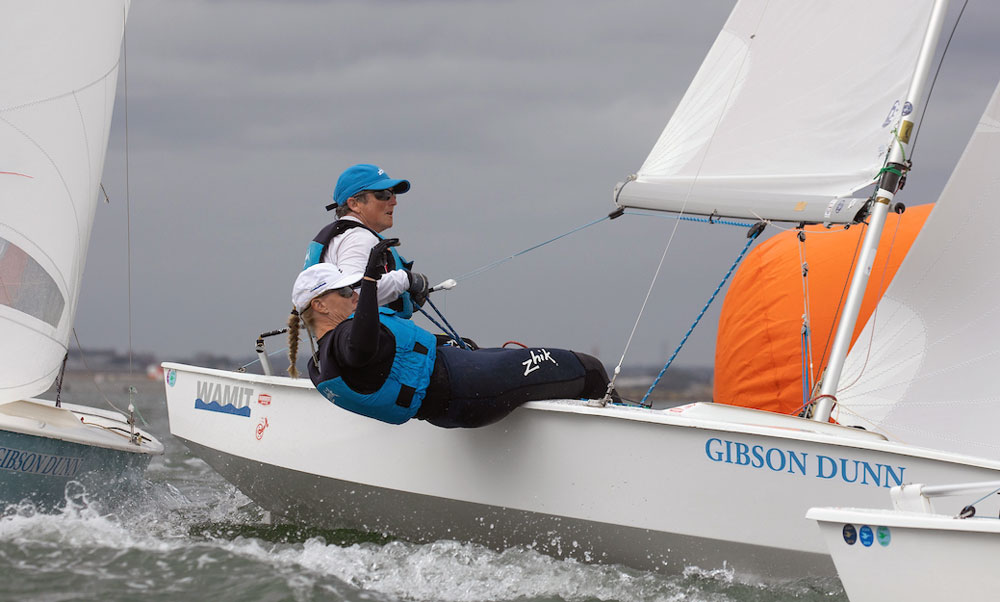
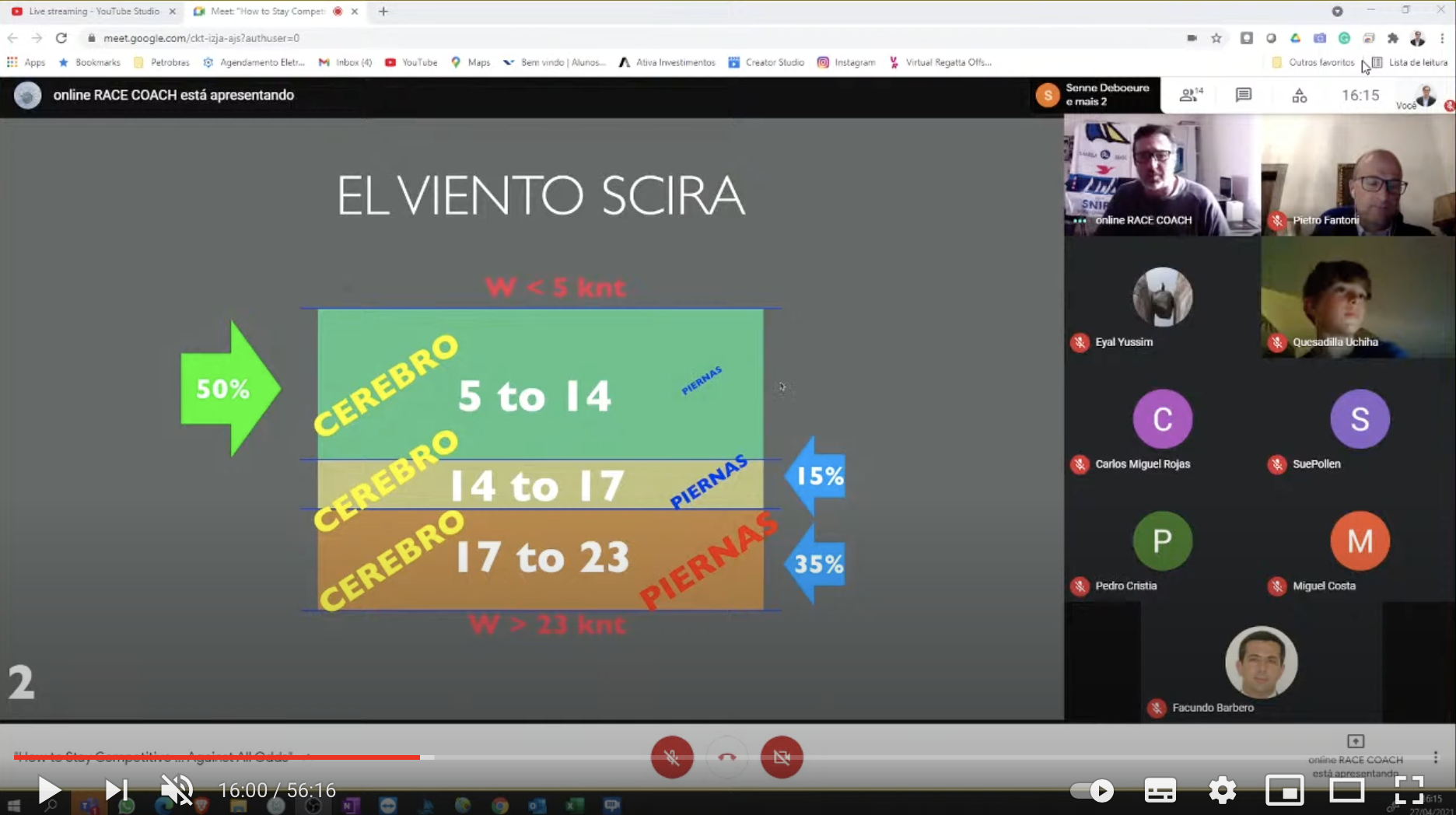
0 comments